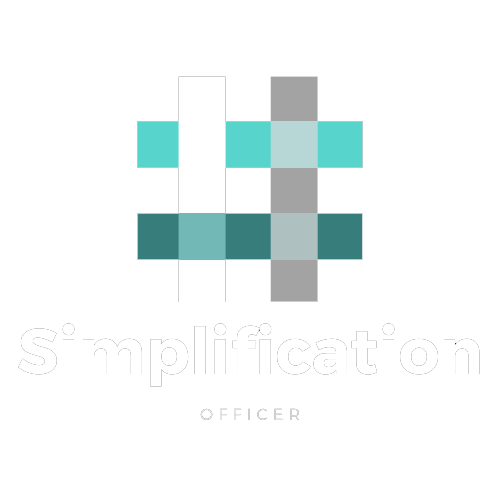
Hierarchy
Top-down, control based hierarchies discourage individual initiative, lead to slower reaction times, and divert energy to “managing up” or what is called politics. These politics will optimize your organization to CYA (Cover Your Ass), loss of productivity, and an aversion of risk, resulting in a standstill culture.
Fear
Command-and-control systems lead to organizations filled with anxious employees who are hesitant to take the initiative or trust their judgment. Fear is the inevitable outcome of this kind of systemic structure while adaptability requires courage and daring moves.
Decision bias
Defensive thinking, fossilized mental models and contentment create a bias in favor of the status quo. Any change or adaptation towards a new reality is over-analyzed, covering all possible scenarios, even the 5% edge cases, and, as such, never put in action. Instead of analyzing everything one could launch experiments of learning, co-learning maybe!
Habit
Lack of pro-active change often has to do with mindsets and behaviors: we must want to change, and also understand how to change. Changing habits is not easy and will require a certain level of awareness of the people within (see our A-B-C Model). When awareness is combined with “volunteering” or “inviting” people to join the new structures and thinking process, one might overcome this challenge.
Centralization
When the responsibility for making big decisions is concentrated at the top, a handful of executives favoring the status quo can thwart change. The more impact, the more risk, the more…, the less people are daring to make decisions, heck, in the book “Moral Mazes: The World of Corporate Managers” this is described in minute detail. One can avoid this by making decisions in group, including managers, their direct reports and customers – example: Budget Games – 100+ citizens deciding where city council need to spend 6mil Euros. More information on using Innovation Games ® can be found in an old article we published: “Prioritize with your stakeholders: Buy a Feature“.
Inflexible business practices
Highly optimized business systems are great for efficiency, but deadly for adaptability, assets, skills. Processes become more specialized, and change becomes more incremental. No need to elaborate more on this item as we did that already in this arcticle: “Efficiency is killing productivity“.
Rigid structures
In many organizations, rigid unit boundaries, functional silos, and political fiefdom hamper the rapid realignment of skills and assets. An item well understood in business where many thought leaders come with different solutions like Sociocracy, Holacracy, Teal Organizations… all bringing back the autonomy to the individual and encouraging self-management and self-designing organizations.
Skills deficit
Employees don’t have the skills, training, and coaching they need. Some organizations tend to try to solve this with outsourcing and rigid resource management structures while the most appropriate solution is just called: “learning”.

Short-term thinking
Compensation and incentive systems often truncate executive time horizons and skew perspectives. Well explained in the book “Hard Facts, Dangerous Half-Truths & Total Nonsense”.
Insufficient experimentation
Management processes typically arrive at the “one best strategy” through top-down, analytical methods, and discourage bottom-up experimentation. Even though it is widely known that experimentation (lean startup, design thinking, impact mapping…) is the success of many startups as well as modern companies like Netflix that is calling it customer science.
Lack of diversity
Management systems value conformance and cohesion at the expense of diversity and divergence. This limits the ability to generate the rich variety fo ideas and options required to be truly adaptable. There is no learning, change where there is no healthy conflict, there is no change when all agree to go left, only when there is disagreement one can try out new paths and go right. One might even choose to apply set based development or real options and try out multiple paths at once.
A paucity of purpose
Organizations without a compelling shared purpose may have trouble aligning on a natural path for adaptation. And no a valuable purpose is not “make money”! It is the shared purpose that will guide day to day decisions made by all people involved. A reason why having a product vision is so important, a reason why having a sprint goal is so important and yet many Agile implementations tend to focus on delivering backlog items (stories). When you recognize this, change your focus from output to outcome, impact mapping is a terrific technique to help you with that.
